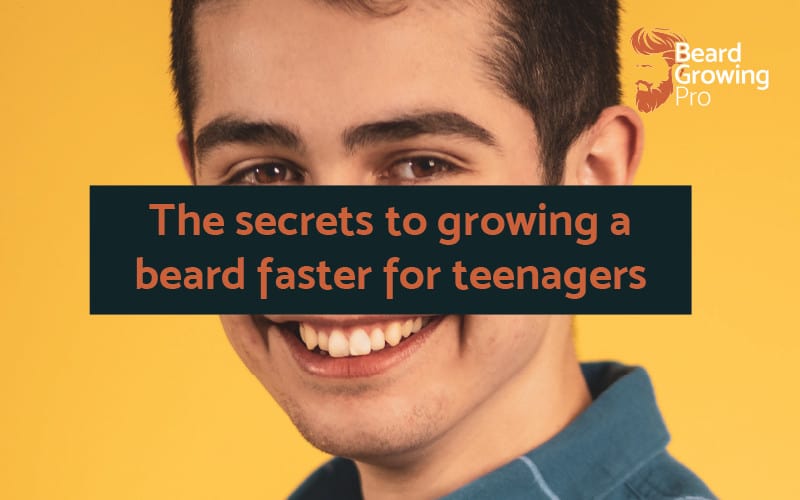Waiting for puberty to hit so you can grow a beard can be frustrating. When I was about 13 or so, I knew that I couldn’t wait to shave. I used to lie about it to my friends and say that I was shaving when, in reality, the fuzz on my upper lip didn’t appear. Growing a beard is something that many teenagers want to do as it is a signal to the world that you have entered manhood. So, if you cannot grow the beard you want, how can you grow a beard faster for a teenager?
Teenagers can grow a beard faster by exercising regularly, getting good quality sleep, making good dietary choices and reducing their stress levels. They can also use minoxidil, micro-needling, and red light therapy products.
Quite often, when people are disappointed with outcomes, it is due to the expectations they set on themselves. If you want to enjoy growing a beard, you must understand that growing a beard as a teenager is a slow process.
The beard growing process is different for everyone.
I had friends in high school that seemed to have a full beard from about 12. Others still don’t have a full beard, and they are about 35 right now.
In fact, I asked my 6000 Youtube Subscribers when they first started growing a beard this is what they said:
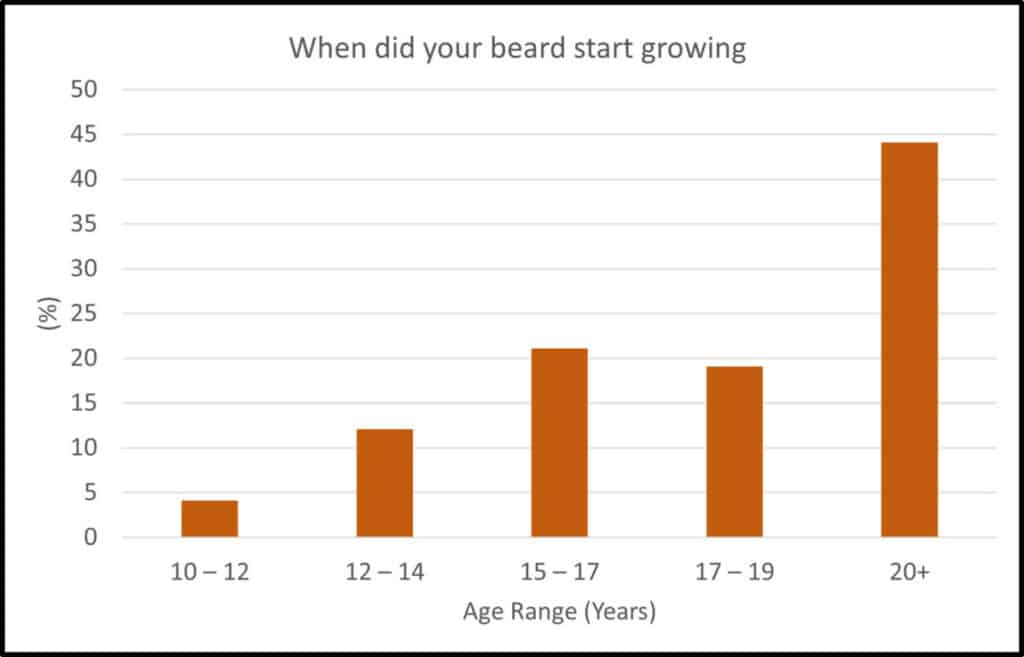
You’ll notice that many of them actually didn’t start growing a beard until they were in their 20s – which is past the teenage years!
The take-home message from this poll is:
DON’T JUDGE YOUR BEARD TOO EARLY!
First, let’s look at why your beard might not be growing as fast as you want it to.
Article Contents
When does puberty hit?
According to the UK’s national health system, puberty begins at about 12 for boys. But this is not when you can expect to see your first beard growth – it takes much longer than that!
The first signs of puberty are that the testicles get larger, and there will be a small amount of hair around the base of the penis. The testicles are where testosterone is produced and fuel your beard needs to grow thick and dense!
In the later stages of puberty (one to three years after initial signs), you will grow thicker body hair. The hair will go light, thin to something much more substantial.
This is the progress of hairs from my beard – from vellus through to terminal hairs. We’ll learn more bout this below!


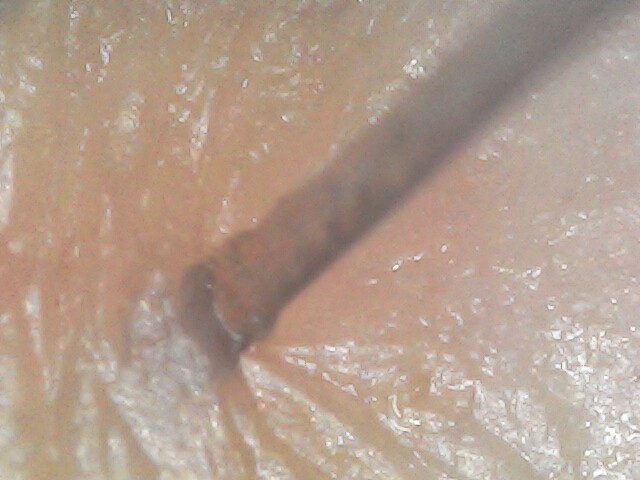
It can take another four years after the initial signs of puberty before boys are ready to start shaving – let alone grow a beard! The hair on the body gets progressively thicker over four years.
So if you are between the ages of 12 – 17, you probably have nothing to worry about in terms of your beard growth, and you certainly shouldn’t be looking at any drastic interventions.
By the time a boy reaches the age of 18 – they will have probably been through the entire process of puberty and have reached adult maturity. If you are still not satisfied with the quality of your beard, you can always check out my other blog posts – how to grow a beard if you can’t and how to grow hair on your cheeks.
We need to know how testosterone stimulates beard growth after puberty to grow our beard longer!
How does hair get produced on the face after puberty?
In teenage boys, facial hair grows and becomes thicker due to the effect of testosterone on the hair follicles. Before that, there was hair present, but it was faint and thin.

When boys enter puberty, the testicles begin producing the hormone testosterone. It is this hormone that is responsible for growing a beard.
Hair follicles on the face are sensitive to testosterone and what it becomes in the body – dihydrotestosterone (DHT). DHT is made from testosterone by an enzyme called 5-alpha reductase.
Without DHT, there is no beard.
However, genetic factors at play determine testosterone levels in the body and how sensitive the hair follicle is to DHT and testosterone.
Once activated by testosterone, the hair will grow and go through these stages:
Hair growth cycle
Hair growth goes through three different stages no matter where it is on the body. On the face, this growth cycle is activated by testosterone.

- Anagen stage – the cells in the root of the hair divide rapidly, slowly making the hair longer. Hair will remain in the phase for anywhere from two to six years.
- Catagen stage – this is the end of the growth phase. The hair is detached from the blood supply and lasts for three weeks.
- The telogen stage is where the hair is released from the skin, and the hair follicle rests for about three months before growing another hair.
Maximum beard growth age
Beards are the last thing to reach full maturity during puberty. However, this does not provide much solace when waiting for your beard to come into its full thickness.
You’ll have to wait until you are about 25 before you can make any real decisions about your beard thickness or growth.
I know that my beard didn’t become thick until about 22 years of age – before then, it was still patchy and not as thick as I would have wanted it to be.
Before them, there are some natural and non-surgical ways to boost your testosterone levels and help your beard grow!
Boost your testosterone levels as a teenager
Here are some easy ways to boost your testosterone levels which may help grow a thicker beard sooner.

1: Lose some weight
There is some evidence to suggest that being overweight can lower testosterone levels.
Limiting (or eliminating) sugary drinks, chocolate, doughnuts, ice cream, and other refined sugar products from your diet will play a massive role in determining your weight.
It would help if you ate lots of fresh produce, leafy greens, fish and whole grains. Combined with exercise, this is a fantastic way to boost testosterone levels for teenagers.
2: Short-term high-intensity exercise
High-intensity exercise, including weight lifting, has been shown to increase the amount of testosterone in teenagers and older males. Therefore, you should consider keeping your workouts short and avoid workouts for more than one hour.
You should exercise large muscle groups like your legs as a rule of thumb. They stimulate testosterone better.
So don’t focus only on the upper body even though they always seem like the best exercises to do.
Try this as a workout:
- Warm up with some light jogging and stretches.
- Four sets of eight reps bench press with the same number of squats between the benchpress.
- Four sets of eight reps deadlifts with the same number of pull-ups in between.
- Five sets of maximum 10-second sprints.
- Cool down with light jogging and stretches.
Do this three days per week, and you should notice an increase in your overall health and testosterone!
3: Make sure you get good quality sleep!
It can be very hard to get enough sleep in today’s fast-paced, portable electronics and social media-driven world.
Studies have shown that the QUANTITY of sleep a person correlates with the morning testosterone levels in males. At least seven hours of sleep is recommended for males and, for teenagers, up to nine hours is preferred.
Try these techniques to get a good nights sleep:
- Avoid stimulants like caffeine eight hours before bed.
- No alcohol – Alcohol stops the body from entering a deep sleep!
- Avoid using screens at bedtime – try at least 30 minutes of screen-free time before bed.
- No binge eating before bed – a full stomach will disrupt your sleeping
- Create a sleep-friendly bedroom – a dark, quiet and cool room will help you get the best night’s sleep.
- Avoid long weekend lie-ins – this can give you the same feeling as ‘jet-lag’ on Monday mornings.
4: Diet
Including fats and cholesterol from animal products (meat, eggs and dairy) is a great way to boost testosterone production. Research has shown that a diet with less than 40 percent of the energy derived from fat leads to decreased testosterone levels.
Examples of foods that contain high amounts of plant-based fats include almonds, walnuts, natural peanut butter, avocados, and olive oil. These plant-based fats are really important for testosterone production.
Also, try these other science-backed foods to boost your testosterone levels.
- Ginger – A 2012 study showed that taking a daily ginger supplement for three months increased testosterone levels by 17.7 percent.
- Pomegranates – Another study showed that drinking pomegranate juice for 14 days increased the testosterone found in their saliva by 24 percent.
- Fortified plant milk – Vitamin D found in plant milk such as almonds, soy, hemp, and flax can increase testosterone levels. You can also get a great boost of vitamin D from the sun! So remember to get out and about!
- Leafy green vegetables – Leafy greens are full of magnesium – which is an element that has been shown to increase the levels of testosterone in the human body. Eat lots of spinach, kale and swiss chard!
If you want to know more about the best foods to eat while growing your beard, check out my YouTube video below!
5: Reduce your stress levels
High-stress levels have been shown to interfere with testosterone production. Cortisol – the human stress hormone – can also block the effects and influence of testosterone on the human body.
Don’t be afraid to seek professional help if you struggle with stress-related anxiety or mental health problems.
Limit these things to make sure you are minimizing the stress in your life:
- Exercise regularly – see above
- Don’t self-medicate with drugs!
- Eat a healthy diet.
- Get enough sleep.
- Set realistic goals in your life and develop small manageable ways to get there.
- Consider popular stress-relieving practices, including meditation, tai chi, yoga, and breathing exercises!
Make sure that you follow these rules and your stress will be low, and, if nothing else, you’ll be able to concentrate on your beard growing!
How long does it take for a teenager to grow a beard?
Growing a beard is a long slow, painful process for most men. There are very few men who can grow a thick, luxurious beard without fighting impatience.
If you are in the early stages of your beard growing journey, it may just take a little bit longer than men who decide to grow a beard later in life – like after 30 years old.
According to science, beard hair grows fast. The average daily growth rate of beard hair ranges between 0.3 and 0.5 mm, similar to the growth rate of scalp hairs and is about twice as fast as that of eyebrow hairs.
Here are the rates that the hair grows. It’ll probably surprise you just how slow it is:
| Hair type | Growth rate |
| Scalp hair | 0.014 inches/day (0.36 mm/day) |
| Eyelash/brow growth | 0.006 inches/day (0.16 mm/day) |
| Beard hair | 0.015 inches/day (0.38 mm/day) |
The issue with quite a slow process is that it can feel like it has stopped! Just like watching a puppy or child grow up – it can be easy not to see how they change.
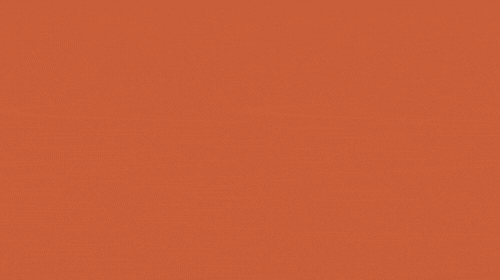
In my experience, I could not grow a full beard until after the age of 21. I have hair pretty much all over my face, but I did not have the density or thickness required for a full beard. It may be that your facial hair is limited by the rate at which it grows but rather the thickness of the hair or the density.
The hairs on your face change from light to dark in the later stages of puberty, and so if you are less than 25, it could be that your hairs are not dark enough to show a full dark beard just yet. Don’t worry, though; most men will be able to reach their full beard growing potential later in life, and you will be able to too.
If you want to know what my beard growing journey looked like, check out this video on the Beard Growing Pro YouTube channel:
Perhaps you want a bit more of a boot than what had been mentioned above. Check out these options. But be careful when considering using medication and other invasive approaches – there are plenty of side effects.
How to grow a beard faster for a teenager with medication
There are plenty of ways to give your beard an extra boost when growing. For teenagers, minoxidil is a very popular option for people wanting a small boost in the density and growth rate.

Minoxidil
The most well-known hair growth treatment is minoxidil – you can find out more about it in this wiki – click here. It’s found in hair regrowth products such as Rogaine.
The FDA has NOT approved minoxidil for use on the face, so all of the instructions are for the scalp.
One of my favourite places on the internet, Reddit, has a subreddit where people show their progress pics. Check out this from user u/ImBadAtHalo.

You can see that the cheek hairs of his beard are much hairier and denser than when he started.
One of the issues is that the hairs will stop growing once you stop using a Minoxidil containing product. So you need to be aware of the potential expense and commitment required before embarking on this usage.
Besides the fact that you need to do this treatment for a long time – up to a year and a half, you may experience some side effects.
Side Effects with Minoxidil
No medication comes without side effects. Here are some of the common side effects that minoxidil can cause:
Less Common
- Itching or skin rash
Rare
- Acne at the site of application
- burning of scalp
- facial hair growth
- increased hair loss
- inflammation or soreness at the root of the hair
- reddened skin
- swelling of face
Signs and symptoms of too much medicine being absorbed into the body—Rare
- Blurred vision or other changes in vision
- chest pain
- dizziness
- fainting
- fast or irregular heartbeat
- flushing
- headache
- lightheadedness
- numbness or tingling of hands, feet, or face
- swelling of face, hands, feet, or lower legs
- weight gain (rapid)
Should you start encountering these side effects, you need to contact your healthcare professional immediately.
Medical intervention is quite a serious step to take if you find that your beard is growing longer on one side of your face. While others have found the topical treatment most beneficial, you may want to consider the non-medical interventions before taking that leap.
Micro-needling
Derma rollers and micro-needling are popular with women to smooth out wrinkles, and now the manufacturers have men in their sights.
The way they work
- The small needles on the beard roller enter the surface of the skin.
- The body responds by healing the area and sending blood to the affected area.
- Circulation improves where the skin has been rollered. This extra blood flow brings along nutrient & hormone-rich blood to the affected area.
This study shows that scalp hair can be stimulated by derma rolling. Importantly, this study also shows that the effects on the scalp are amplified when combined with minoxidil.
Remember that this is only done on the scalp, and the science still hasn’t shown that it will work the same on the beard!
Red light therapy
Red light therapy is touted as a safe and effective natural treatment for hair loss and boosting hair growth. A fair amount of research uses red light therapy that results in increased hair count, hair density, and hair thickness.
Many studies are based on hair production on the scalp, so the evidence must be taken with a pinch of salt when applied to the facial region.
Here are a couple of studies that may help you decide red light therapy is for you:
A 2019 analysis examined eight clinical studies comprising 11 double-blind, randomized controlled trials. The analysis showed a significant increase in hair density for people treated with red light therapy. There was a significant increase in hair growth with red light therapy treatments versus placebo treatments.
A meta-analysis from 2018 reviewed recent advances in non-surgical treatments for hair loss. Twenty-two studies were examined by comparing red light therapy to other common treatments such as hormone-regulating drugs like Finasteride and Dutasteride. Researchers concluded that red light therapy was a better method for treating hair loss.
Proponents of red light therapy report that there are no side effects from using this therapy, unlike when using medications like minoxidil. If you have struggled with other therapies, you should consider asking your health professional about using red light to boost your hair growth as a teenager. As long as you can afford the treatment, it doesn’t look like you have anything to lose!
The final word
Beards grow in the later stages of puberty, and it can be very frustrating waiting for them to come in! If you have reached the age of 25 and are still not satisfied with your beard, you can seek more invasive interventions.
But until then, please have patience.
There are many options to try and boost your growth. Our advice is to start with the less invasive ones and then work your way up to the more invasive treatments if you have the money and are willing to accept the risk that some medication-based approaches come with.
Good luck with your beard growing journey. Remember to love your beard no matter what – it’s the most attractive confidence!

